Growing Interest in Home Renovation
The trend of home renovation is gaining momentum, significantly impacting the Ceramic Mosaic Tile Market. Homeowners are increasingly investing in upgrading their living spaces, with a focus on aesthetics and functionality. This trend is supported by data indicating that the home improvement market is expected to reach a value of over 400 billion dollars in the coming years. As homeowners seek to enhance their interiors, ceramic mosaic tiles are often chosen for their versatility and design options. This growing interest in home renovation is likely to sustain demand for ceramic mosaic tiles, reinforcing their position in the Ceramic Mosaic Tile Market.
Increased Focus on Health and Hygiene
The heightened awareness of health and hygiene is shaping consumer preferences within the Ceramic Mosaic Tile Market. With a growing emphasis on clean and safe living environments, ceramic tiles are favored for their non-porous surfaces, which are easier to clean and maintain. This trend is particularly relevant in commercial spaces such as hospitals and restaurants, where hygiene is paramount. Recent market analysis suggests that the demand for hygienic flooring solutions is on the rise, potentially increasing the market share of ceramic mosaic tiles. As consumers prioritize health and cleanliness, the Ceramic Mosaic Tile Market is likely to benefit from this shift in focus.
Rising Demand for Eco-Friendly Products
The Ceramic Mosaic Tile Market is experiencing a notable increase in demand for eco-friendly products. Consumers are becoming more environmentally conscious, leading to a preference for sustainable materials. This shift is reflected in the growing popularity of ceramic tiles made from recycled materials and those that are produced with minimal environmental impact. According to recent data, the market for eco-friendly tiles is projected to grow at a compound annual growth rate of approximately 7% over the next five years. This trend not only aligns with consumer preferences but also encourages manufacturers to innovate and adopt sustainable practices, thereby enhancing their competitive edge in the Ceramic Mosaic Tile Market.
Urbanization and Infrastructure Development
Urbanization continues to drive the Ceramic Mosaic Tile Market, as increasing populations in urban areas necessitate the development of new infrastructure. The construction of residential and commercial buildings is on the rise, leading to a higher demand for decorative and functional tiles. Recent statistics indicate that the construction sector is expected to grow by 5% annually, which directly correlates with the demand for ceramic mosaic tiles. As cities expand, the need for aesthetically pleasing and durable flooring solutions becomes paramount, positioning ceramic mosaic tiles as a preferred choice among architects and builders in the Ceramic Mosaic Tile Market.
Technological Innovations in Tile Production
Technological advancements are significantly influencing the Ceramic Mosaic Tile Market. Innovations in manufacturing processes, such as digital printing and advanced glazing techniques, are enhancing the quality and design of ceramic tiles. These technologies allow for greater customization and intricate designs, appealing to a broader range of consumers. Furthermore, the introduction of automation in production lines is improving efficiency and reducing costs, which can lead to lower prices for end-users. As a result, the market is likely to see an increase in the adoption of ceramic mosaic tiles, driven by these technological improvements in the Ceramic Mosaic Tile Market.


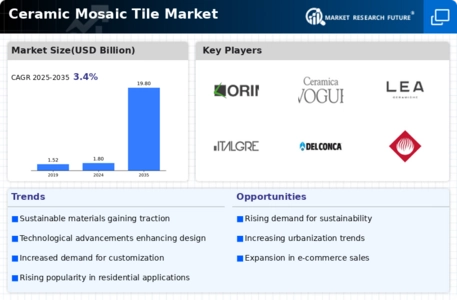
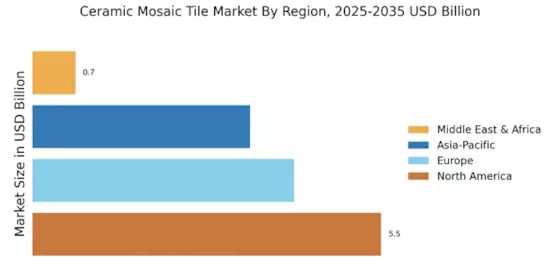
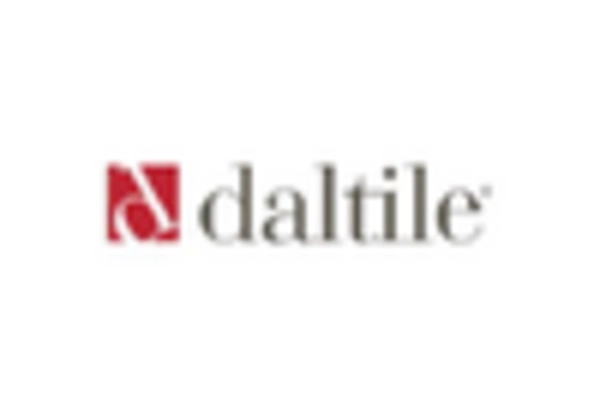
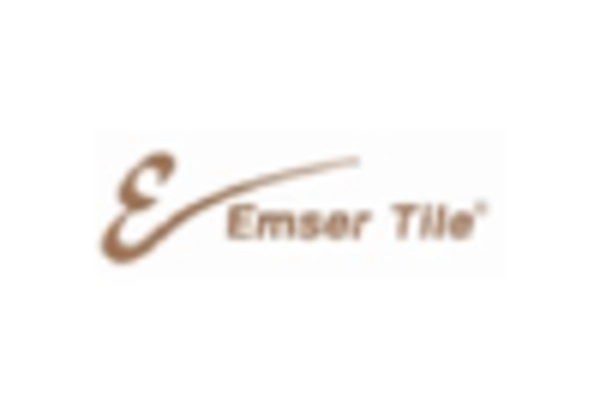
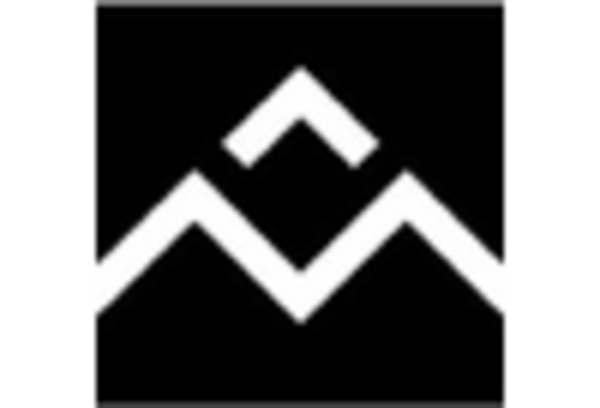

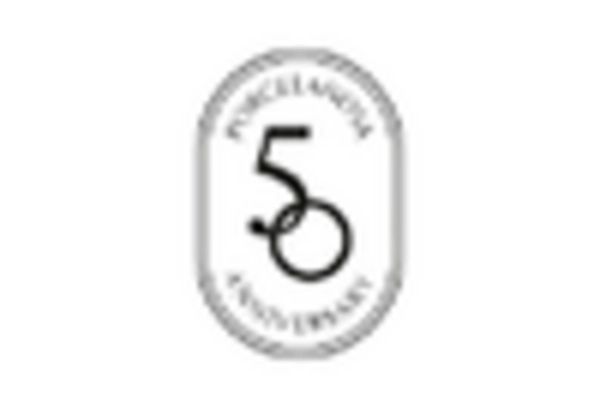
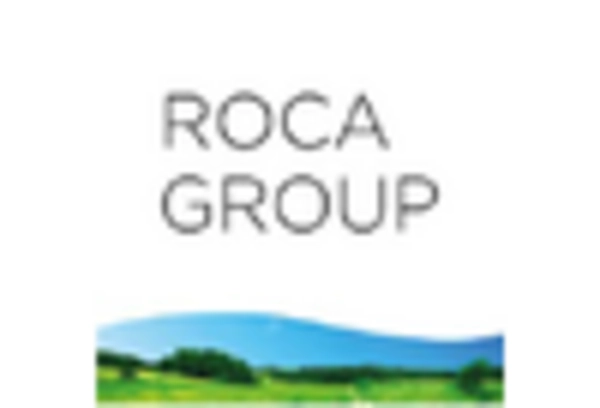








Leave a Comment